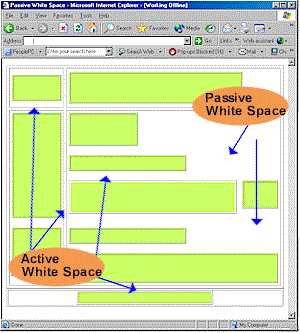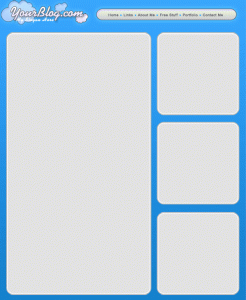I tell you, the last few months have been crazy over this new device! First of all, we caught a glimpse into the world of Apple when a man by the name of Gray Powell left a prototype device at a bar in Redwood City after celebrating his birthday. Shortly after he left the bar, someone found the device and sold it to Gizmodo who then explored the device to it’s fullest to get a clearer idea of what it was.
Gizmodo broke the story about the iPhone 4 to the world, thus causing Apple to sue for theft and have the editor who wrote the article turn over his property to the cops for evidence.
Once the phone was finally claimed by Apple and then officially announced, all we wanted to know was “how much?” and “when can we buy?”. Not only did the phone itself cause the demand to be exceptionally high, but the announcement of AT&T allowing early upgrades for basically any contract that would be expiring in 2010 opened to flood gates to just about every single previous iPhone owner.
Black Tuesday
June 15th was the day selected for the pre-ordering of iPhone 4 and boy what a day it was! Here are a few of the things that went down (pun intended) that day:
- iPhone 4 Pre-order system shuts down – The pre-order system was opened at about 1am on June 15th and right from the start, people were complaining about not being able to get in the system to place an order.
- AT&T account security breaches – Many AT&T users (including me) experienced a wide-spread security breach within AT&T after logging into their wireless accounts online. Instead of seeing their own information, they were presented with the information of someone completely different.
- AT&T stores took iPhone pre-orders on paper – Many customers (including me) were forced to have a pre-order written down on paper only to be processed later.
- iPhone 4 orders were being randomly cancelled – It almost seemed completely random, but iPhone 4 orders were getting cancelled left and right with no apparent reasoning behind it. I think it had to do with people placing multiple orders on single accounts or the old rule about upgrading your account where you actually couldn’t upgrade if you had a balance due. I made sure I paid my bill before I started this process!!
- Shipping date for iPhone pre-orders pushed to July – It appears like July 14th is the earliest date you can expect your iPhone to ship. The demand was just too much for AT&T and Apple to handle.
- Best Buy was pre-ordering white iPhone 4s – Somehow, a few people were able to successfully order a white iPhone 4 from Best Buy even though it was clearly stated that the white iPhone 4 would not be available at launch date. We’ll see about the “successfulness” on June 24th!
The Aftermath
After all this, AT&T and Apple have both formally apologized. Apple released this statement:
CUPERTINO, Calif., June 16 — Yesterday Apple and its carrier partners took pre-orders for more than 600,000 of Apple’s new iPhone 4. It was the largest number of pre-orders Apple has ever taken in a single day and was far higher than we anticipated, resulting in many order and approval system malfunctions. Many customers were turned away or abandoned the process in frustration. We apologize to everyone who encountered difficulties, and hope that they will try again or visit an Apple or carrier store once the iPhone 4 is in stock.
And AT&T had this to say:
DALLAS, June 16 — AT&T issued the following statement today:
IPhone 4 pre-order sales yesterday were 10-times higher than the first day of pre-ordering for the iPhone 3G S last year. Consumers are clearly excited about iPhone 4, AT&T’s more affordable data plans and our early upgrade pricing.
Given this unprecedented demand and our current expectations for our iPhone 4 inventory levels when the device is available June 24, we’re suspending pre-ordering today in order to fulfill the orders we’ve already received.
The availability of additional inventory will determine if we can resume taking pre-orders.
In addition to unprecedented pre-order sales, yesterday there were more than 13 million visits to AT&T’s website where customers can check to see if they are eligible to upgrade to a new phone; that number is about 3-times higher than the previous record for eligibility upgrade checks in one day.
We are working hard to bring iPhone 4 to as many of our customers as soon as possible.
After the aftermath
The dust appears to be settling and the lucky people who got orders in on the 15th or manual orders on the 16th (taken on the 15th) are starting to see shipping information in their AT&T accounts. The blogs are on fire with people talking about their own personal experiences and of course griping from people who aren’t getting theirs on day one.
I had my own streak of good luck turned bad and then turned good again. I started off with two orders for the same account and then I thought I was getting none. I was thinking I’d see my phone in mid-July, but then I got the good news that mine had shipped! You can read my whole story on my blog. The story is called ‘How I Almost Got Two iPhone 4s on Release Day‘.
UPDATE 6-23-10
I just wanted to share that I received my new iPhone 4 today and from what I’m hearing, I’m one of few that actually received the device today and even fewer received it yesterday. Here are my last pictures from my iPhone 3GS (which is now on sale on eBay) and the first ones of my new iPhone 4.




